How to deadhead pentas plants – for an even more impressive display of bright blooms
These clusters of vibrant flowers will start to fade at the end of summer, but you can keep this shrub healthy by giving it an essential chop
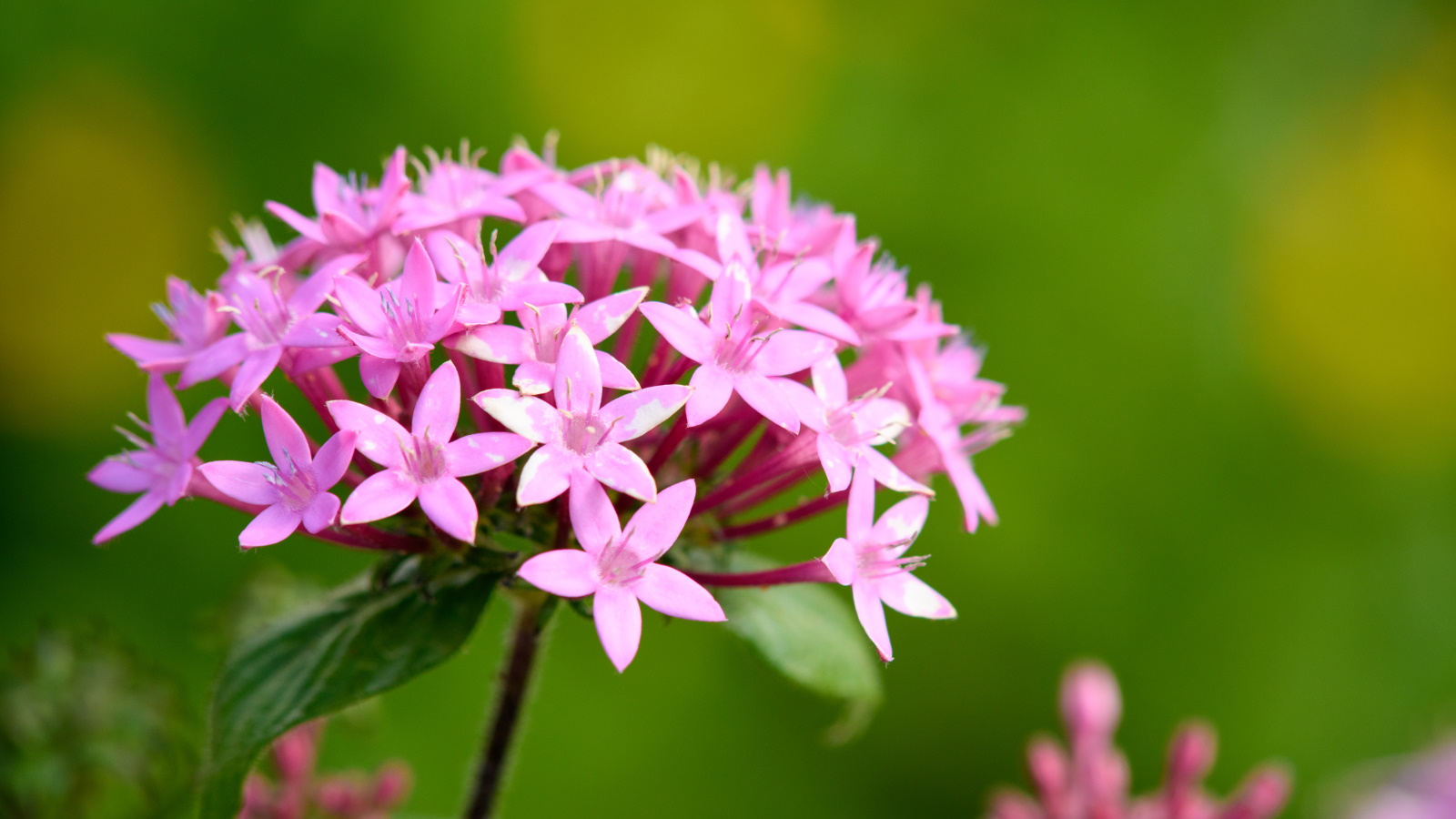

It's never too early to start thinking about preparing for the next season in the garden, and that includes tidying up your yard and ticking off the last of your jobs for the current season. For late summer, that means identifying when to deadhead plants to ensure they stay healthy through dormant months and are ready to push out another set of bright blooms.
Among the best summer flowers are pentas plants, or Pentas lanceolata, charming shrubs with clusters of blooms that often grow in pink, red and white. They're native to tropical climates, including southern Africa, and grow across US hardiness zones 10+. These stunning plants will flower profusely though the hottest part of the year, but as fall creeps in you'll need to add deadheading pentas to your late summer and early fall gardening checklist.
Like with deadheading any plant, there is a right and wrong way to do it. Not knowing how to remove the spent blooms of your specific plant can have detrimental impacts to their future growth. But don't worry, we've put together an expert guide to deadheading pentas plants, including tips on when to do it for the best results.
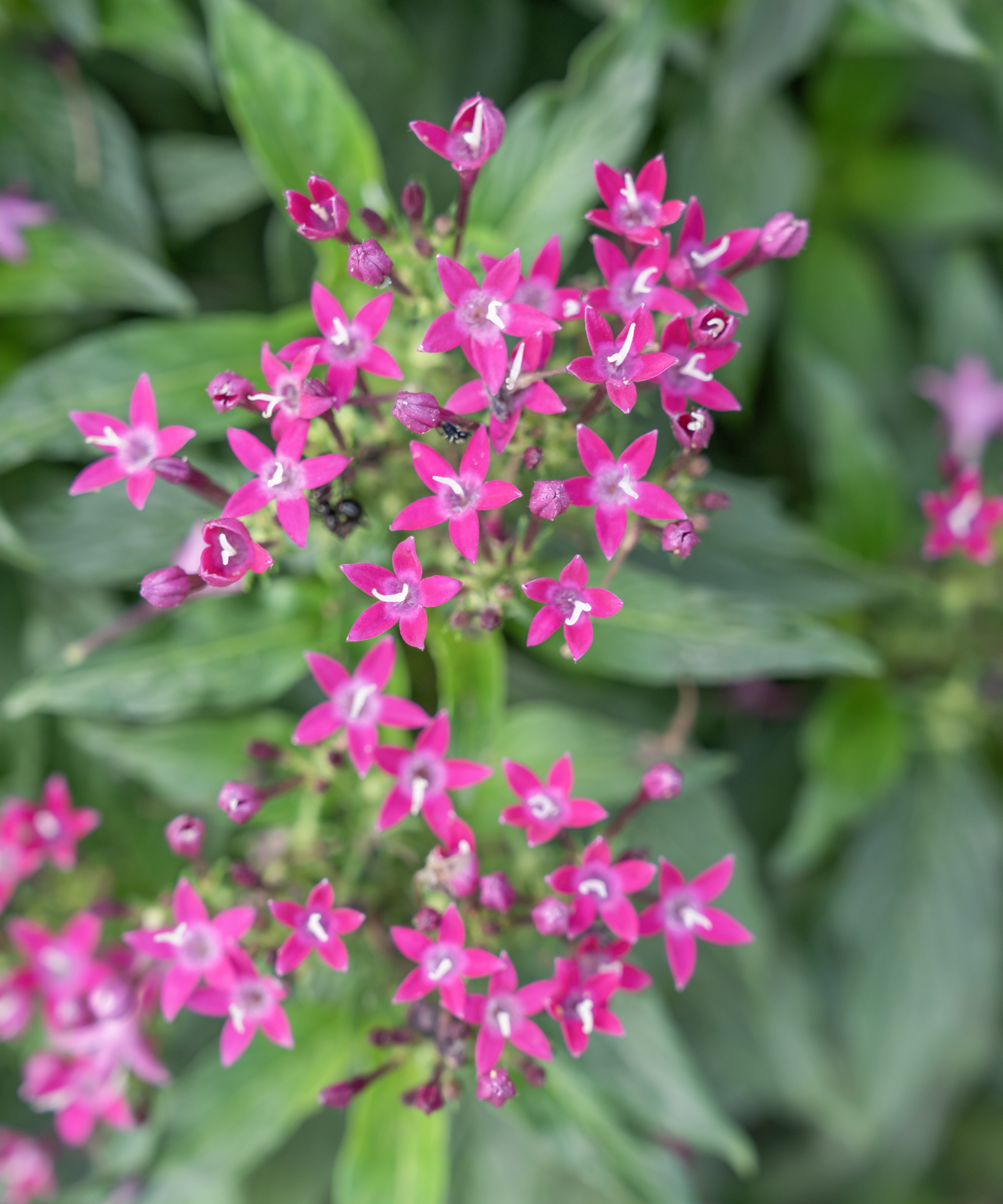
Why should you deadhead pentas plants?
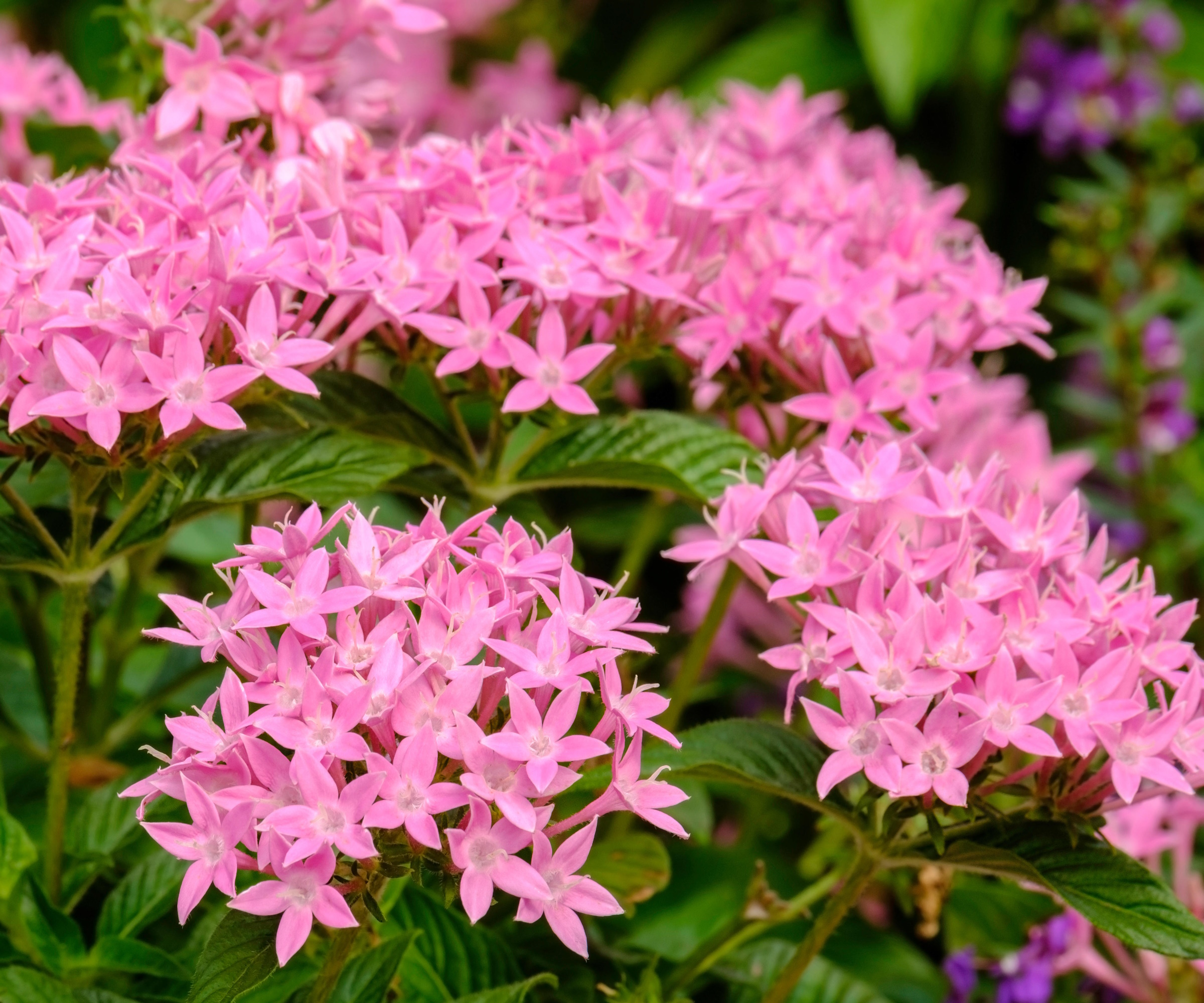
If you're unfamiliar with what deadheading is, or perhaps you haven't grown any plants that have required deadheading until this point, you may be wondering if it's an essential care task for growing pentas in your yard. The short answer is yes, you do need to take some time to remove fading flowers from these tropical plants.
'Deadheading keeps the plant looking neat, as old spent flowers are not aesthetically pleasing, and it encourages lots of new flowers to grow,' says Drew Swainston, former professional gardener and gardens content editor at Homes & Gardens.
As Drew mentions, deadheading is an easy fix to remove unsightly browning flowers from your yard. It also helps with the next season of growth by stopping the plant wasting energy on spent blooms and rather directing that energy to new growth.
Often one of the biggest deadheading mistakes is leaving it too late. This can result in your pentas going to seed and spreading around your yard. While this may be beneficial to those that want more of these plants, deadheading can help you keep your yard neat and allow you to maintain a curated look.
Design expertise in your inbox – from inspiring decorating ideas and beautiful celebrity homes to practical gardening advice and shopping round-ups.

Drew qualified as a journalist and wrote for many websites and publications, before studying for a horticulture qualification. He worked as a professional gardener for several years, specializing in kitchen gardening. He's now bringing his expertise and passion to Homes & Gardens as a member of our team.
When to deadhead pentas plants
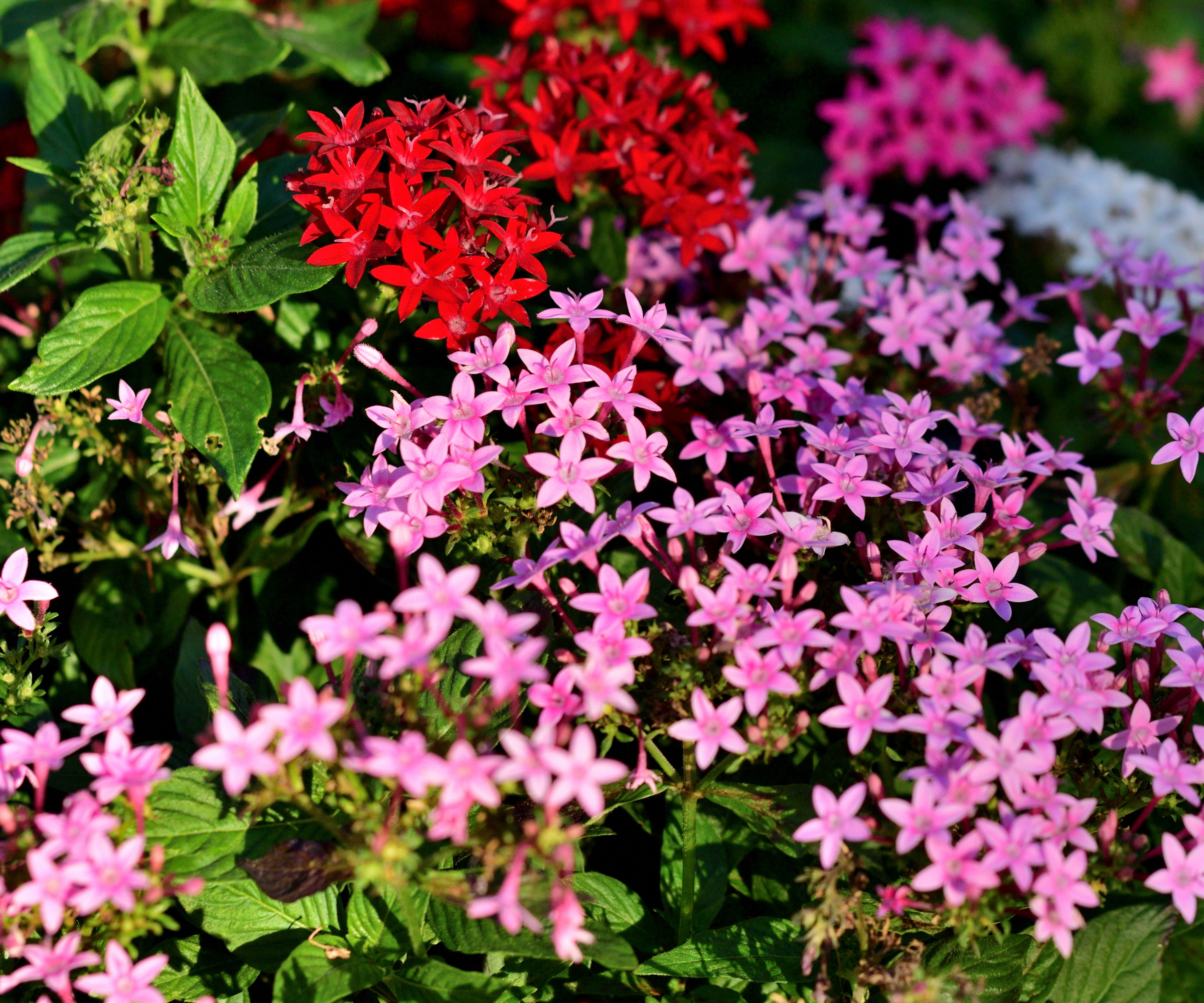
Before you even pick up your pruning tools, you need to know when to deadhead your pentas plants to ensure you encourage returning blooms and avoid the plant going to seed, if this is something you want to avoid.
'Much like deadheading azaleas and rhododendrons, removing faded pentas blooms is a necessary part of plant care during the warmest months of the year,' notes Thom Rutter, former professional gardener and content editor at Homes & Gardens.
You'll notice your pentas flower start to drop petals and turn brown when they finish flowering. This is the sign for your to get deadheading.
'Pentas can flower all summer, start checking regularly once they first bloom and then make sure to have deadheading on your summer gardening checklist,' says Drew. Deadheading throughout the flowering season will reward you with a longer display of blooms at the end of the summer,' he adds.
Although, if you're keen to keep enjoying your summer plants into fall, you may choose to enjoy your plants for seedheads. Just be aware that seeds may spread from things like the wind and birds, resulting in new pentas plants popping up in your yard.

Thom is a Content Editor within the Gardens Team at Homes and Gardens. He has been working as a gardener and garden writer for several years. Whilst completing his Horticultural Traineeship at the Garden Museum, London, he was able to gain experience at many of the UK's world-famous gardens, including Sissinghurst, Lowther Castle, and Iford Manor. Following this, he worked for two private estates in Tuscany, Italy.
How to deadhead pentas plants
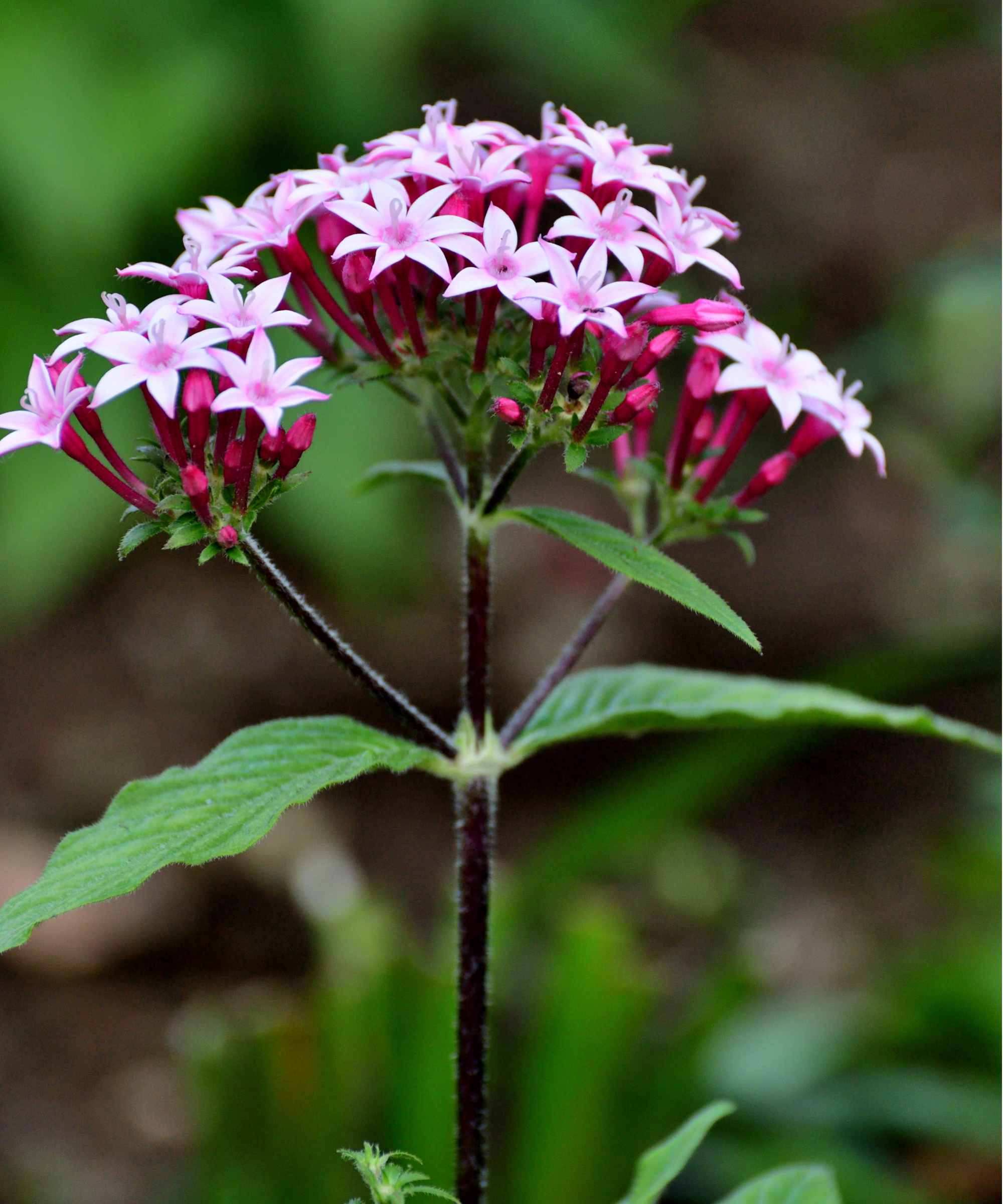
As with any garden task, you need to make sure you have the essential gardening tools in your shed. For deadheading, there are a few pruning tools you can use.
'This should be done with a clean and sharp pair of snips or pruning shears,' says Drew. You can find a range of pruning tools for deadheading online, like these gardening scissors from Amazon or these pruning snips available from Walmart. Just make sure to clean your gardening tools between use to prevent any pests and diseases being passed on between plants.
'I recommend cutting down to a leaf node, snipping just above a healthy pair of leaves,' says Thom. 'This will keep your plants looking verdant and colorful, and this may generate a few additional blooms later in the year,' he adds.
And it's as simple as that. Be careful not to prune away more than a third of your shrub at a time, as it may send it into shock and stunt its growth.
FAQs
How do you prune leggy pentas?
Pentas plants, or Pentas lanceolata, can become leggy if you don't stay on top of pruning. You'll know it's time to cut these plants back when a few of the branches are taller than the rest of the shrub. You can cut leggy stems back by cutting down to a leaf node, just above healthy leaves. This will tidy up your pentas shrub and encourage new, healthy growth.
Make sure to add deadheading pentas to your late summer gardening checklist to keep your tropical shrub looking pristine and encourage returning blooms in the next season. Failing to do so may cause leggy growth and your pentas going to seed.
If you're making a list of the plants you need to deadhead over the next few months, you might find our expert guide to plants to never deadhead helpful.

Tenielle is a Gardens Content Editor at Homes & Gardens. She holds a qualification in MA Magazine Journalism and has over six years of journalistic experience. Before coming to Homes & Gardens, Tenielle was in the editorial department at the Royal Horticultural Society and worked on The Garden magazine. As our in-house houseplant expert, Tenielle writes on a range of solutions to houseplant problems, as well as other 'how to' guides, inspiring garden projects, and the latest gardening news. When she isn't writing, Tenielle can be found propagating her ever-growing collection of indoor plants, helping others overcome common houseplant pests and diseases, volunteering at a local gardening club, and attending gardening workshops, like a composting masterclass.